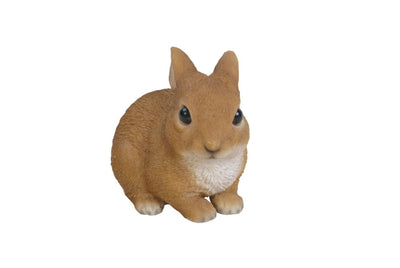The Art of Layering: Combining Textures in Garden Decor for a Designer Look
Creating a visually captivating garden involves more than just selecting beautiful plants; it requires a thoughtful combination of various textures and materials. By artfully layering wood, metal, greenery, and stone, you can achieve a rich, multi-dimensional design that exudes a designer's touch. Here's how to seamlessly blend these elements to elevate your garden's aesthetic appeal.
Integrating Wood for Warmth and Structure
Wood introduces a natural, warm element to garden spaces. Incorporate wooden features such as pergolas, trellises, or benches to provide both function and form. Over time, wood weathers gracefully, adding character and a sense of maturity to your garden. Opt for durable, weather-resistant varieties like cedar or redwood to ensure longevity.
Incorporating Metal for Contrast and Durability
Metal accents offer a striking contrast to organic materials, bringing an industrial or contemporary flair. Consider adding metal sculptures, planters, or edging to introduce sleek lines and reflective surfaces. Materials like corten steel develop a desirable patina over time, blending harmoniously with natural surroundings . Ensure that metal elements are treated or chosen for their resistance to rust and corrosion to maintain their appearance through the seasons.
Embracing Greenery for Life and Softness
Plants are the heart of any garden, providing color, texture, and vitality. Layering plants of varying heights, colors, and textures can add depth and visual interest . Ground covers, perennials, shrubs, and trees can be arranged to create a lush, layered effect. Incorporate climbing plants on wooden trellises or metal arches to intertwine the materials, softening hard structures and creating a cohesive look.
Utilizing Stone for Timelessness and Stability
Stone elements ground the garden with a sense of permanence and stability. Pathways, retaining walls, or decorative boulders can define spaces and add texture. Natural stone blends seamlessly with plants and other materials, enhancing the garden's organic feel. For example, a stone pathway bordered by lush greenery invites exploration and adds a rustic charm.
Harmonizing the Elements
To achieve a balanced design, consider the following tips:
-
Contrast Textures: Pair smooth metal planters with rough stone walls, or place soft foliage against wooden fences to create visual interest.
Color Coordination: Ensure that the colors of wood stains, metal finishes, and stone types complement each other and the surrounding plants.
Scale and Proportion: Balance the size of elements to avoid overwhelming the space. For instance, a large metal sculpture can serve as a focal point, while smaller wooden accents provide subtle charm.
- Repetition: Repeat materials or colors throughout the garden to create a cohesive and unified design.
Practical Considerations
When selecting materials, consider their maintenance requirements and how they will age over time. Wood may need periodic sealing, metals might require rust prevention, and certain stones can be prone to weathering. Understanding these factors will help you make informed choices that ensure the longevity and beauty of your garden design.
Enhancing with Decorative Accents
Incorporate decorative elements like water features, garden art, or lighting to further enrich the layered textures. A stone fountain can serve as a centerpiece, while strategically placed lights can highlight the interplay of materials and create ambiance during evening hours.
Product in picture: Outdoor Metal Cups Fountain with Rusty Top and Black Basin
By thoughtfully combining wood, metal, greenery, and stone, you can create a garden that is not only visually stunning but also rich in texture and depth. This layered approach fosters a harmonious environment that reflects a designer's touch, transforming your outdoor space into a captivating retreat.


















